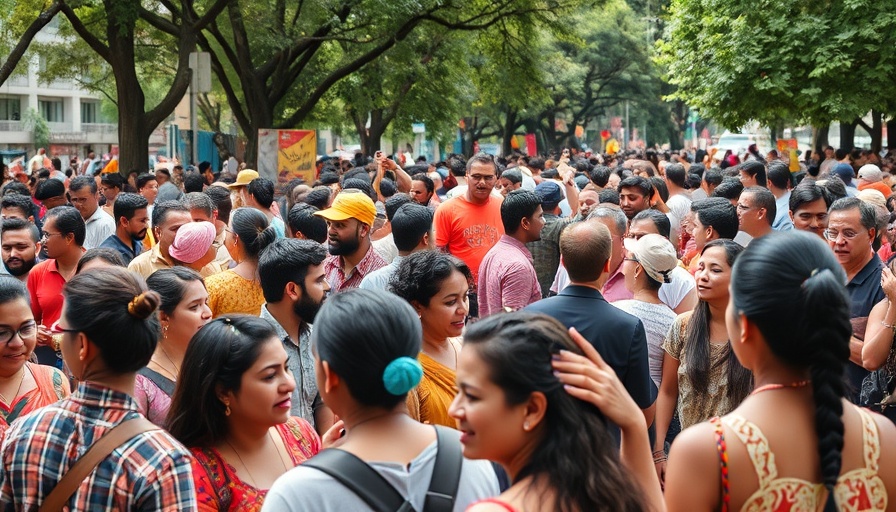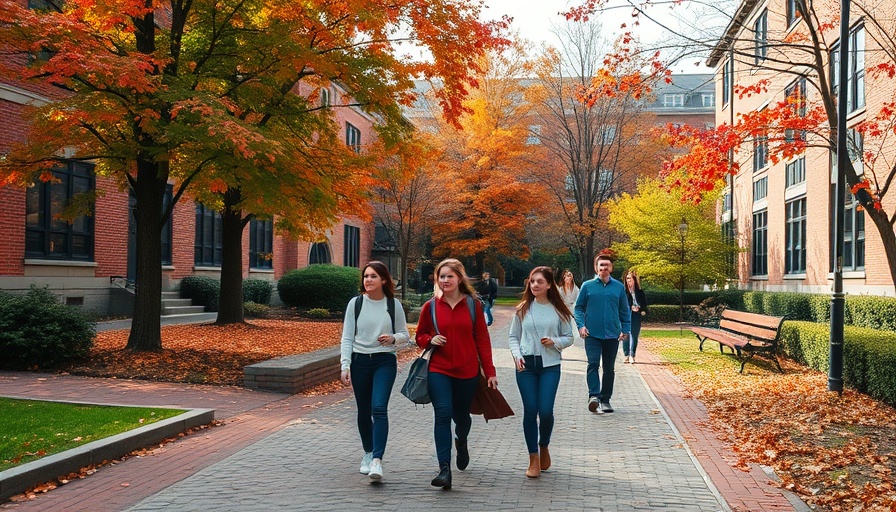
The Climate Crisis and Its Ripple Effect on Communities
In recent years, climate change has emerged as a multifaceted crisis that impacts many aspects of life, not least of which is its effect on communities and cultures across the globe. In particular, vulnerable populations in remote areas, such as Nepal's high mountain communities, are experiencing severe climate-related events such as floods, diminishing agricultural output, and increased migration. These challenges are often intertwined with economic pressures that compel families to leave their ancestral homes in search of better opportunities.
The Migration Waves of New York City
As climate pressures push people from their homes, New York City has become a significant hub for migration, attracting a diaspora that brings with them not only their belongings but their languages, cultures, and traditions. The city’s rich tapestry is woven from numerous threads of diverse cultures, making it a melting pot for personal stories and communal resilience. The influx of migrants is crucial for maintaining linguistic diversity, as many endangered languages find a new home amongst the concrete and skyscrapers.
Protecting Linguistic Heritage in a Changing World
In the face of climate crisis, the preservation of linguistic diversity becomes a priority. The narratives, traditions, and unique worldviews embedded in these languages are at risk of fading into obscurity. Research efforts and community initiatives are now focused on documenting these languages and fostering connections among diasporic groups in urban centers like New York. Such initiatives not only help preserve cultural heritage but also promote social cohesion among new immigrant communities who might be struggling with the loss of their cultural identities due to migration.
Economic Strains and Cultural Loss
As economic pressures intensify in the wake of climate change, the effects ripple beyond just the families affected. The loss of language, alongside a decrease in agricultural productivity and livelihoods, leads to a significant cultural shift within communities. Alex de Sherbinin, a climate migration expert, highlights that while migrants may not explicitly identify climate change as their reason for leaving, it is undoubtedly part of a broader context of environmental degradation and economic instability.
The Role of Urban Communities in Cultural Survival
Urban areas like Seattle and New York play an integral role in safeguarding linguistic diversity by providing supportive networks for new immigrants. Cultural centers and educational programs dedicated to language preservation serve as critical lifelines, offering tools and resources for communities trying to maintain their heritage. It is here where cultural resilience thrives, igniting a movement that empowers immigrant populations to share their histories and educate others about their languages and traditions.
Taking Action Toward Sustainability and Preservation
For adults in Seattle and beyond, understanding the vital link between climate change and linguistic diversity can inspire proactive efforts toward sustainability. Adopting eco-friendly practices, supporting local organizations that focus on language preservation, and engaging with local immigrant communities can foster a nurturing environment for cultural diversity to flourish.
In times of climate crisis, the importance of both emotional and cultural connections cannot be understated. As we face environmental challenges, it is essential to find ways to not only adapt but to thrive collectively as communities. Whether through volunteering, advocating for climate justice, or simply listening to the stories around us, we can all contribute to preserving the rich tapestry of human experience, one thread at a time.
 Add Row
Add Row  Add
Add 




Write A Comment